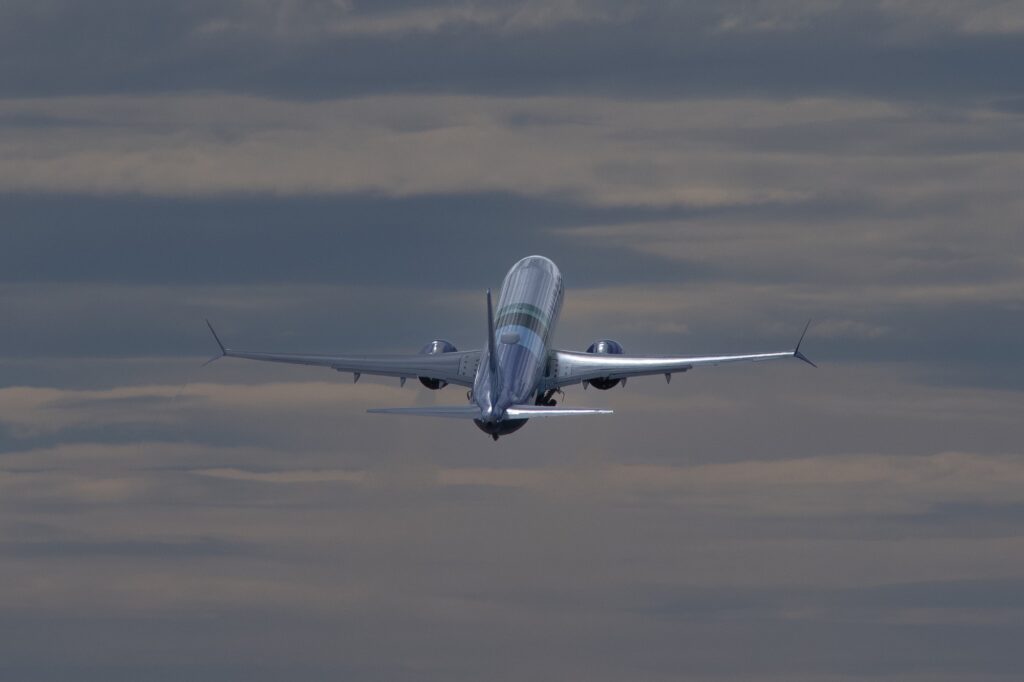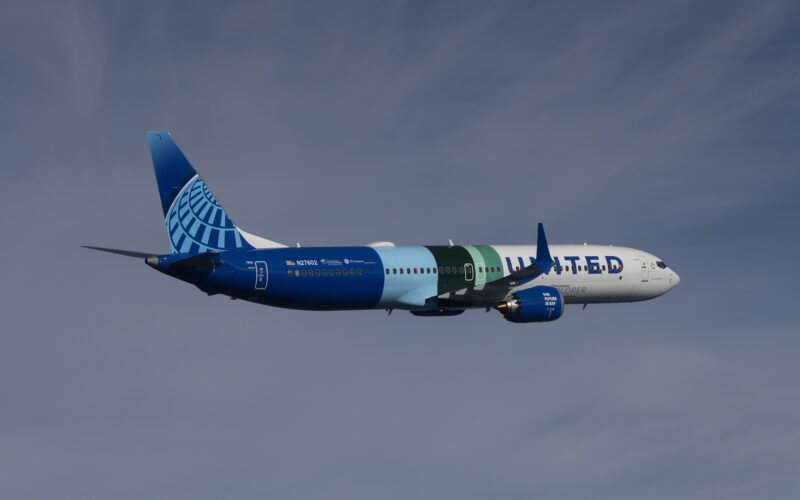Throughout October 2023, Boeing’s ecoDemonstrator Explorer 737-10 aircraft, and National Aeronautics and Space Administration (NASA) Armstrong’s DC-10 have been gathering historic data into the effect of contrails.
The ecoDemonstrator Explorer has conducted test flights, switching between tanks filled with either 100% Sustainable Aviation Fuel (SAF) or conventional fuel.
NASA’s DC-8 aircraft, the world’s largest flying science laboratory, has followed, measuring emissions and contrail ice formation from each type of fuel.
This hope is that data gathered will help determine whether sustainable aviation fuels help reduce the formation of contrails.
“Contrails are believed to be a major source of pollution,” said Rich Moore, a research physical scientist in NASA’s Langley Aerosol Research Group Experiment and was among the researchers who flew aboard the DC-8, said. “With this mission, we’re looking not so much at correcting contrails, but at preventing them.”
In a video released by Boeing on October 30, 2023, the process of turning the United Airlines 737 MAX 10 aircraft into a flying experiment was revealed.
The footage shows how the ecoDemonstrator Explorer was fitted inside with advanced computers and adorned in a unique United Airlines livery.
In addition to the DC-8, which is based at NASA’s Armstrong Flight Research Center in Edwards, California, the agency contributed other critical capabilities, including a mobile laboratory for ground testing.

Other collaborators for the ecoDemonstrator flights include General Electric Aerospace, the German Aerospace Center, National Research Council Canada, and the Federal Aviation Administration (FAA)
NASA confirmed on October 30, 2023, that within one year the agency will publish the results from the research.
“One of the most amazing things about this collaboration is that this data will be released publicly with the world,” Moore said.
Contrails, the lines of clouds left by high-flying aircraft that crisscross the skies, are familiar sights, but they may have an unseen effect on the planet – trapping heat in the atmosphere.
Contrail clouds form when aircraft operate in the cold temperatures at high altitudes and water vapor in engine exhaust condenses and freezes.
Made up of ice particles, contrail clouds can have both a cooling and warming effect based on ambient conditions, timing, and persistence but scientists estimate that their warming effect is greater on a global scale.

